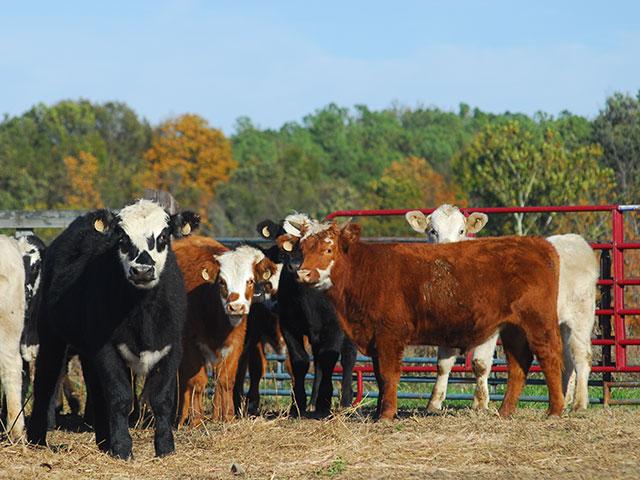Ask the Vet
Replacing a Corral
READER QUESTION:
Our corral is way past due for replacement, and I want to do it right. We have a small herd and can't spend a fortune, but I want it to work well. Do you have any plans or tips that might help us?
DR. MCMILLAN'S ANSWER:
There are lots of options, and many companies offer complete packages. The packages can be pricy for a small operation, though. There are often less-expensive ways to build a working facility for a small operation.
P[L1] D[0x0] M[300x250] OOP[F] ADUNIT[] T[]
Start with a blank sheet of paper and an open mind. Your Extension system should have plans, and there are many plans available on the internet as well. Your Extension agent and other producers are valuable resources. The goal of any facility is to, as much as possible, make cattle want to go where you want them to go -- with as little stress on bovine and human as possible.
Location should be your first decision. The area needs to be well-drained and easily accessible to all your pastures. Electricity and water are nice to have if possible.
You need a holding area to gather cattle before moving them into crowding pens leading to the alley. If this is an area where cattle normally come for water, feed or mineral, this makes gathering easier. Lanes leading from pastures to this gathering area can be helpful.
The single biggest mistake I have seen over the years is making the alleyway leading up to the chute or headcatch too wide. Many years ago, we had a producer spend thousands of dollars building a new facility. When we arrived, he proudly drove his four-wheeler down the alley to the chute to greet me. We did not get his cattle worked until he reworked everything.
For most producers in our area, the alley should be 26 to 28 inches wide. That looks very narrow, but it is a good rule of thumb. If you have very large cattle, you may need to adapt a bit. It's best if the alley is adjustable, allowing you to work calves or cows at the optimum width.
Another design tip I think is almost essential is a circular tub with a heavy-duty 10- to 12-foot swing gate that allows you to gently push cattle into the chute.
Curved alleys with solid surfaces where cattle cannot see what is going on in front or to the side of them can reduce stress and help them want to move forward. A covering over at least part of the working area can provide much-appreciated protection from the elements.
These are just a few tips. I invite our readers to write or email us with what they have learned (good and bad) over the years. It's always great to get new ideas this way.
**
Editor's Note:
Please contact your veterinarian with questions pertaining to the health of your herd or other animals. Every operation is unique, and the information in this column does not pertain to all situations. This is not intended as medical advice but is purely for informational purposes.
Write Dr. Ken McMillan at Ask the Vet, 2204 Lakeshore Dr., Suite 415, Birmingham, AL 35209, or email vet@progressivefarmer.com.
(c) Copyright 2022 DTN, LLC. All rights reserved.





